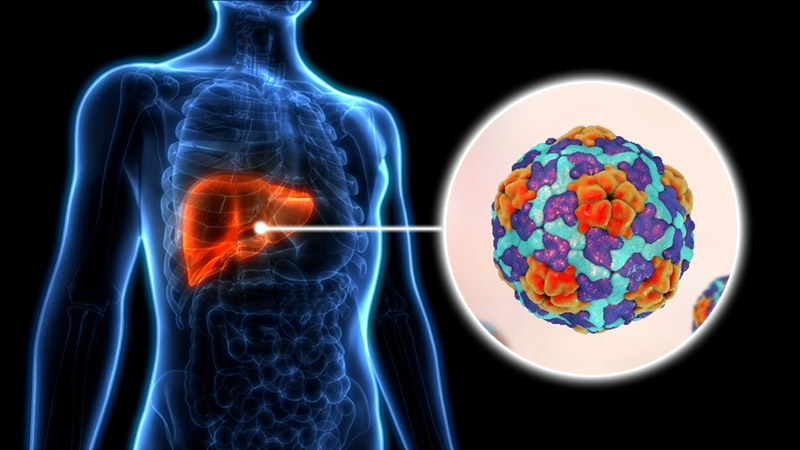Hepatitis A: a new disease?
- Written by Lourdes Pichs Rodríguez
- Published in Opinion
- Hits: 4716

Given the increase in reported cases of viral hepatitis in Cuba, the province has activated the surveillance and control system for these diseases, with the report of 75 patients as of Thursday, December 26, mainly in the municipality of Holguín.
The Second Degree specialist in Hygiene and Epidemiology, María Eugenia Escobar Pérez, said that Hepatitis A (previously called viral or infectious hepatitis) is the most frequent infectious disease that produces acute hepatitis in the world (inflammation of the liver) and is caused by the hepatitis A virus (HAV), whose natural reservoir is only human, and was first described by Hippocrates in ancient times.
It is transmitted through the consumption of water or food contaminated by feces of infected or sick people. “It does not lead to chronicity in the patient and mortality is very low,” she clarified.
The master in infectious diseases also pointed out that “in Cuba, viral hepatitis type A has an endemic/epidemic behavior, with epidemic cycles every three to five years. Outbreaks can arise due to this cause, from two or more cases related to each other or those linked to the consumption of contaminated water or food, within the incubation period of up to 50 days.”
She said that it is more frequent in children than in adults, but when the disease appears in adults it can be more serious, while clarifying that suffering from it leaves immunity.
Among the most frequent symptoms are fever, malaise, loss of appetite, diarrhea, nausea, abdominal discomfort, dark urine color and jaundice (yellowish tone of the skin and eye sclera) and whitish feces.
But it can also be asymptomatic; however, adults show signs and symptoms more frequently than children, although most people recover after several weeks or sometimes months, without suffering complications, as it does not lead to chronicity.
Due to the increase in this disease, strategies for its control are underway, such as screening all contacts of the diagnosed case. In addition, it is recommended to consume quality water, boiled or chlorinated; increase the sanitary requirements on the handling and sale of food; wash hands before eating and after going to the bathroom, apply standard gammaglobulin to all contacts of positive cases, this is not a vaccine although it is injectable, it is used to try to interrupt the infectious process in contacts of positive cases (chemoprophylaxis).
Hepatitis A: a new disease?
Given the increase in reported cases of viral hepatitis in Cuba, the province has activated the surveillance and control system for these diseases, with the report of 75 patients as of Thursday, December 26, mainly in the municipality of Holguín.
The Second Degree specialist in Hygiene and Epidemiology, María Eugenia Escobar Pérez, said that Hepatitis A (previously called viral or infectious hepatitis) is the most frequent infectious disease that produces acute hepatitis in the world (inflammation of the liver) and is caused by the hepatitis A virus (HAV), whose natural reservoir is only human, and was first described by Hippocrates in ancient times.
It is transmitted through the consumption of water or food contaminated by feces of infected or sick people. “It does not lead to chronicity in the patient and mortality is very low,” she clarified.
The master in infectious diseases also pointed out that “in Cuba, viral hepatitis type A has an endemic/epidemic behavior, with epidemic cycles every three to five years. Outbreaks can arise due to this cause, from two or more cases related to each other or those linked to the consumption of contaminated water or food, within the incubation period of up to 50 days.”
She said that it is more frequent in children than in adults, but when the disease appears in adults it can be more serious, while clarifying that suffering from it leaves immunity.
Among the most frequent symptoms are fever, malaise, loss of appetite, diarrhea, nausea, abdominal discomfort, dark urine color and jaundice (yellowish tone of the skin and eye sclera) and whitish feces.
But it can also be asymptomatic; however, adults show signs and symptoms more frequently than children, although most people recover after several weeks or sometimes months, without suffering complications, as it does not lead to chronicity.
Due to the increase in this disease, strategies for its control are underway, such as screening all contacts of the diagnosed case. In addition, it is recommended to consume quality water, boiled or chlorinated; increase the sanitary requirements on the handling and sale of food; wash hands before eating and after going to the bathroom, apply standard gammaglobulin to all contacts of positive cases, this is not a vaccine although it is injectable, it is used to try to interrupt the infectious process in contacts of positive cases (chemoprophylaxis).
